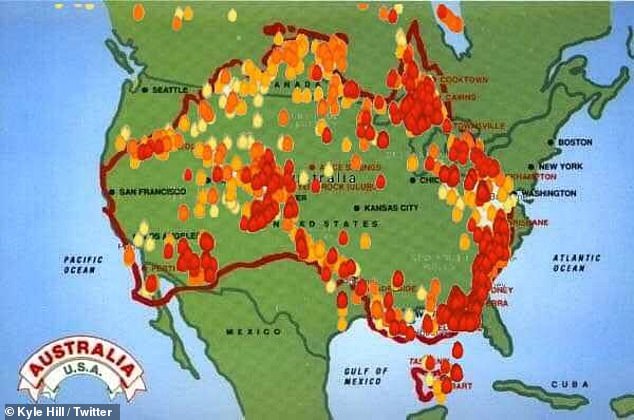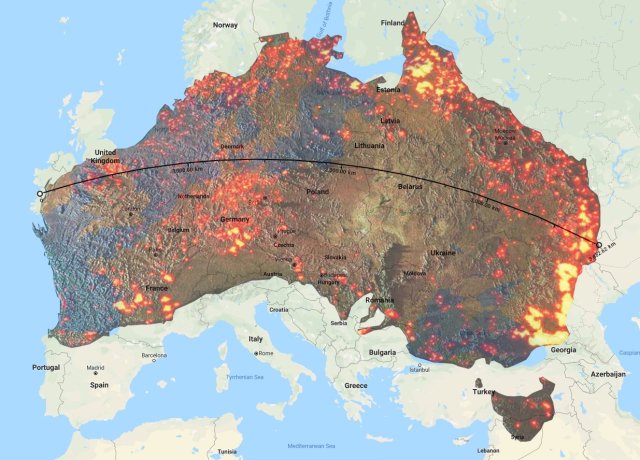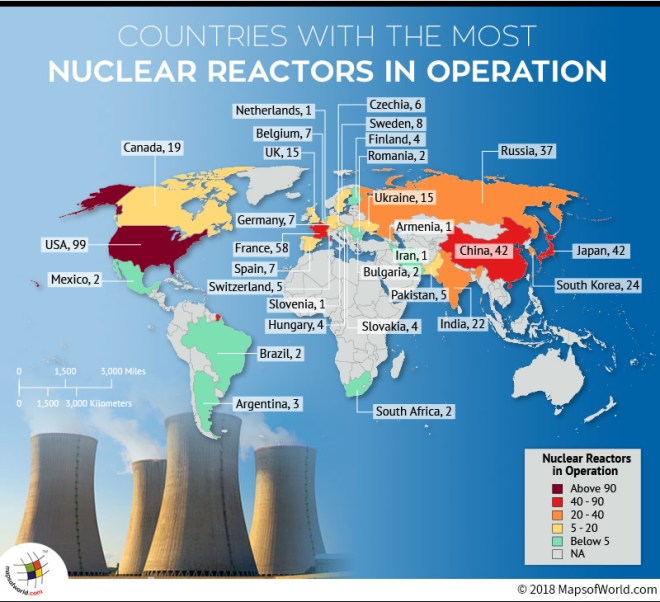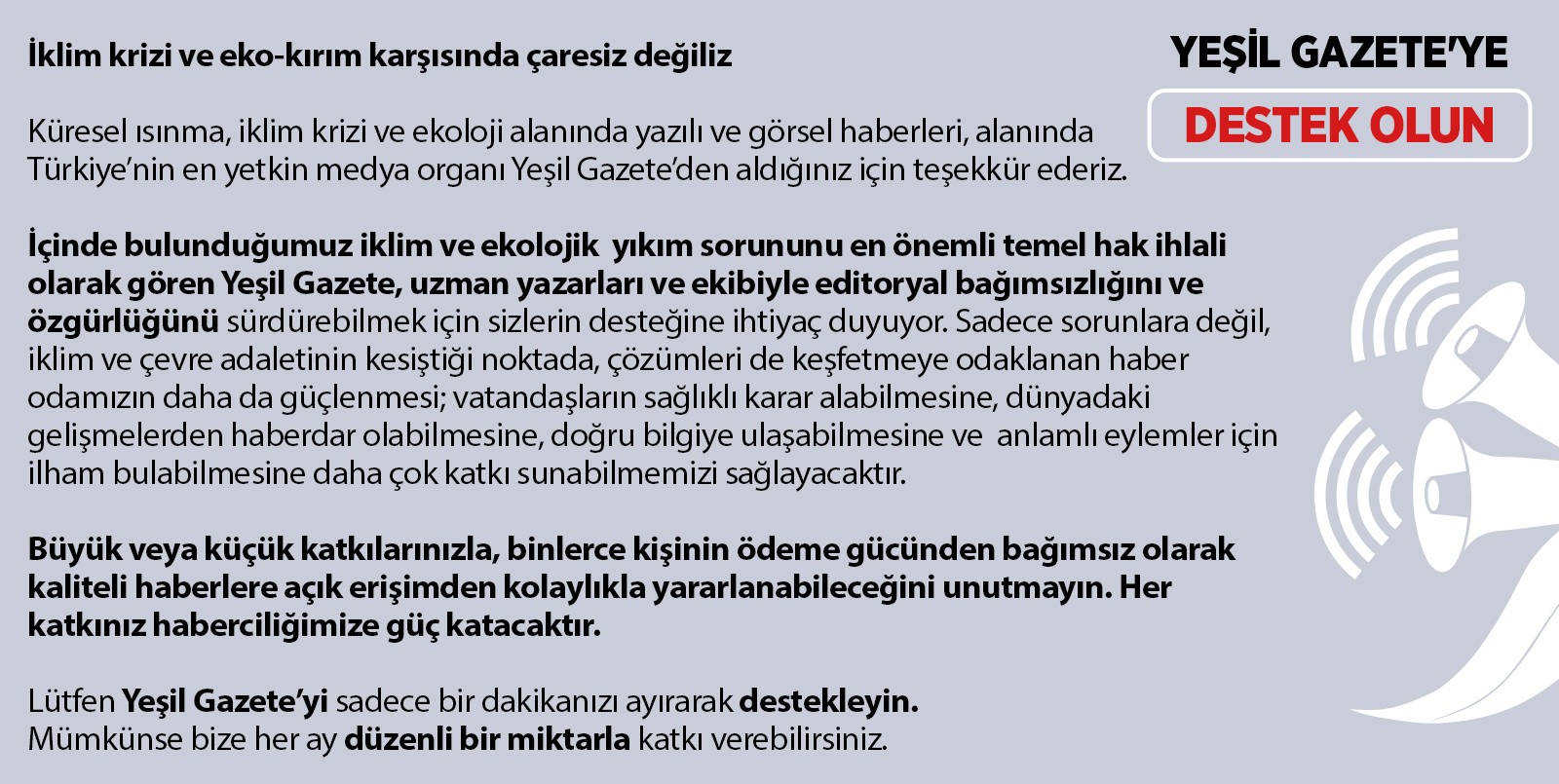Australia is one of the countries that have experienced extreme weather events, especially in the last decade due to the effect of global warming. According to experts, system interactions triggered global warming, and extinguishing fires has become impossible due to reduced water resources as a result of excessive evaporation and mismanagement of these resources in the last decade in the country.
It is estimated that nearly 1.25 billion animal species and at least 27 people have lost their lives, in addition to annihilation of forests and vegetation due to the fires which could not be controlled for almost four months; other species are threatened with extinction and 1800 houses have reportedly burned down. Unfortunately, the impact of the events is not limited to the period of their occurrence – while four months of carbon emissions, as much as the annual carbon emission amount to the atmosphere, there are scientific studies indicating that there may be an increase in various diseases, especially asthma, especially among children, with the air quality rising to nearly 21 times the dangerous level. Things could have been much worse if the fires had reached the region where uranium mines are located in Australia, which supplies 12% of the uranium fuel used in nuclear power plants operating worldwide; Australia however, has no nuclear power plant of its own.
Even though the extraction of uranium which is used for nuclear power generation, requires high security standards worldwide, danger to these facilities is possible under all conditions, since in order to obtain 30 tonnes of uranium that is used in a 1200 MW capacity reactor in a year, 440 thousand tons of uranium rock must be extracted from the ground. However, heavy metals such as thorium, radium, radon gas, and nickel which are released in the waste and waste pools following the extraction and other processes, causing heavy substances such as arsenic and mercury getting mixed in the environment and groundwater. Actually such health-related concerns are not limited to Australia since there are also uranium mines in India, the United States, primarily in Niger and Kazakhistan. For Australia, Ranger Uranium Mine, Olympic Dam and Beverly uranium mines have long been on the radar of environmental organizations. According to Dave Sweeney, a renowned anti-nuclear campaigner at the Australian Protection Foundation (ACF), uranium mining and the processing of the extracted material pose enormous risks to the environment and health. However, Sweeney underlines that there are families working in the uranium mines, who inadvertently carry home radioactive dust from the job site.
‘If the fire reached the mines, it would be a nightmare for the world’
A relatively new scientific study published on January 8, 2019, on this subject also points out the danger in uranium mines, especially for those working in the extraction, grinding and production of nuclear fuel and uranium oxide production. Accordingly, due to the regular exposure of employees to radon gas even at low doses every day, it is possible to develop lung cancer due to the cumulative dose accumulated at the end of 10 years. Sweeney argues that the spread of the fires to the uranium mining areas would have been a “ nightmare for the world” since it would have meant the spread of radioactive particles into the air. This would have been in addition to the already existing dangers posed by the uranium mines, such as, in the case of the Ranger uranium mine, whose license, although it has not expired and rehabilitation has not begun yet, there are mineral wastes stacked in waste pools at the production site.
A warning for the rest of the world
Australian fires can even be considered as a warning in many respects for the rest of the world for the factors which triggered the fires, including the mismanagement of water resources that may occur in other continents within five to ten years and lead to the occurrence of large-scale and non-extinguishable fires. Undoubtedly, any explosion at gas facilities, gas plants, chemical factories, cyanide pools, silver, gold, and copper mines would also have multi-dimensional impacts on the overall pollution levels, but it would be infinitely worse if we were to take the nuclear chain into consideration.
What if similar mega-fires were to break out in the US?
When we look at the issue in terms of the location of nuclear power plants and uranium mines, health, and environment-related risks should be remembered. Considering a note by Dr. Helen Caldicott, author of ‘Nuclear Energy No Solution’ – according to her, an average 1000 megawatts reactor produces 225 kilograms of plutonium annually, and the spread of 500 kilograms of plutonium into the atmosphere is enough to have everyone in the world get exposed to cancer. In this respect, if mega-fires were to break out in the US, it would mean that according to the data of October 2019, 98 commercial reactors and 4000 uranium mines will be at unprecedented risk. At this point, I would like to point out that I do not mean that there will certainly be fires happening at nuclear facilities but, in the case of a fire, nuclear disasters may occur.
Similarly, when we evaluate the map of Australia, where the fire density is seen, over the continent of Europe, we see that 128 reactors pose a risk that according to the map, this number increases to 164 with the addition of 36 reactors from Russia. On the other hand, the possibilities for experiencing such multiple disasters are not limited to fires alone. As experienced in the USA with the Harvey and Irma hurricanes in 2017, there is a danger for the whole world in terms of both, the reactors and the wastes accumulated in the facilities due to extreme weather events such as storm and hurricanes, and the melting of glaciers and rising water levels. Therefore, these reactors should be shut down as soon as possible since there will be a need to wait for 10 years to have used reactor fuel rods transported from nuclear power plant area in case sea level rises become dangerous for nuclear power plants plus the amount of unsolvable waste problem should not be increased. The Fukushima Nuclear Disaster and the radioactive solid wastes stacked in the open area which have since found their way into the sea with each storm can be considered as an example of the susceptibility of nuclear facilities/sites to extreme weather events. The risk and danger posed by these nuclear reactors and their radioactive wastes can be understood more clearly when one considers the fact that the half-life of the plutonium is 24 thousand years and the cancer-causing effects last at least 240 thousand years.
Moreover, according to their half-life, other radioactive isotopes (strontium 90, cesium 137…) extending to tens of millions of years are also spread into the atmosphere. Unfortunately, there are nearly 400 nuclear reactors worldwide, thousands of uranium mines as well as waste facilities in operation, which have the potential of Chernobyl and Fukushima-like disasters.
These grim scenarios are meant to underscore the fact that the reality of the climate crisis often hides within its folds the very real possibility of a multiplicity of disasters. If scientists, who predict that the climate crisis will cause climate migration in the near future, could also take into account the fact that the conditions of the climate crisis may trigger nuclear disasters, and in turn, lead to massive waves of migration, steps can be taken to demand urgent changes in this regard, or at the very least the weak and often demonised voices of opposition to nuclear energy and weapons worldwide may be strengthened.
In this regard, the task of civil society is to organize more strongly in order to increase awareness regarding the link between the climate crisis and the vulnerability of nuclear facilities so that public opinion may begin to be altered and political powers may be pressured to begin an exit from the innately dangerous nuclear path. ‘Children for nuclear-free life’ and the involvement of more well-meaning youth such as Greta Thunberg will go a long way into promoting an appreciation of this little understood and/or acknowledged threat to our environment and health – there is an urgent need to phase out polluting industries including nuclear mines and promote worldwide usage of renewable sources such as solar and wind energy.
English version first published on Dianuke
Turkish version of this article was published on Civil Pages(Sivil sayfalar) and Green Gazette(Yesil Gazete)






